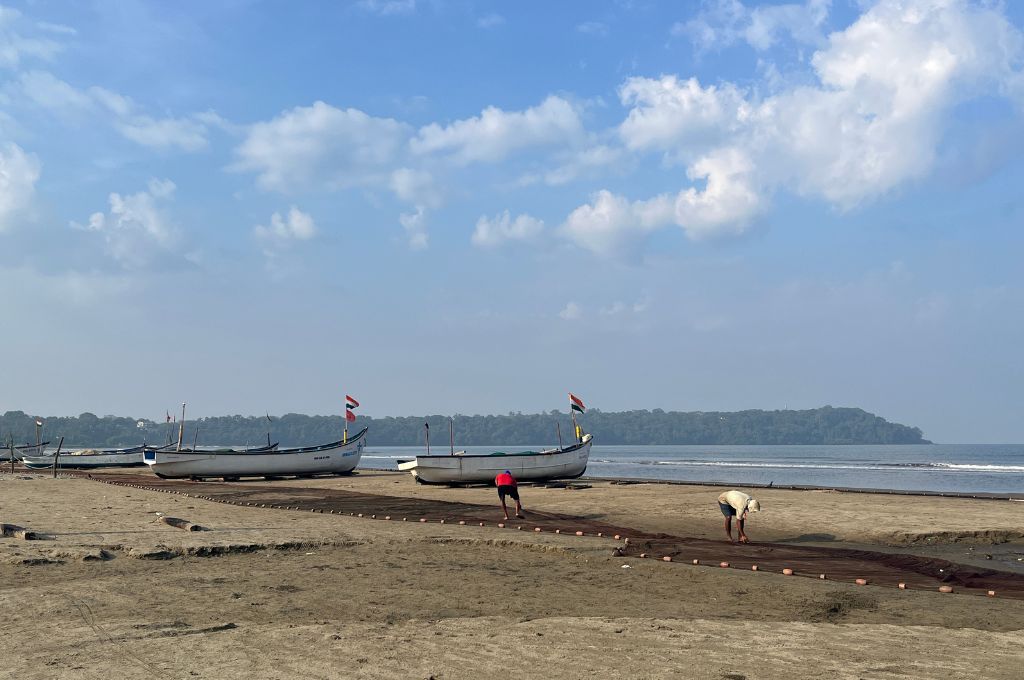Delhi’s disability pension schemes are inaccessible to many
Sabbir Khan works as a tailor outside a residential apartment in Dwarka, a suburb in New Delhi. He is 42 years old, and has spent 32 of these years as a migrant worker here. He came to the capital from Bihar all by himself at the age of 10.
About six metres across from Sabbir, Mithilesh Ram, another migrant worker from Bihar, occupies a small portion of the pavement. Mithilesh is 32 years old, and has worked as a cobbler at the same spot for nearly a decade.
Sabbir and Mithilesh are similar in more ways than one: they share a home state, their source of livelihood as informal workers, and their locomotor disability. However, only one of them has been able to avail the Delhi government’s pension scheme for people with disabilities.
After spending a year trying to sign up for the pension scheme that should take no more than 45 days, Sabbir finally managed to avail it with the help of a friend in 2008. Speaking about the bureaucratic delays, Sabbir said, “Main kisi ko rishwat nahi dena chahta tha lekin uss chakkar mein ek saal lag gaya. Aaj aao, kal aao, parso aao, bas is tarah karte rahe.” (I didn’t want to bribe anyone so they kept delaying my application for over a year.) But Mithilesh was not as lucky. The last time he tried applying for the disability pension, he was turned away by the officials citing a lack of time. Later, when he came to know that a proof of residence is mandatory for this scheme, he applied for an Aadhaar card. Now he has been told that he has to wait for five years from the date of issue of the card to meet the eligibility criteria.
Mithilesh’s problems were multiplied by COVID-19. In 2020, when a three-week lockdown was imposed all over India, Sabbir and Mithilesh were faced with uncertainty about their livelihoods. For the months of April and May that year, the Delhi government doubled the disability pension from INR 2,500 to INR 5,000. Sabbir was able to ride out that period without much discomfort partly because of the increased pension. However, Mithilesh had only his meagre savings to rely on. He says, “Bahut taqleef hui, yahin society ke jo log madad kar rahe the bas utna hi tha. Iss saal vaccination ka paisa bhi yahin ke logon ne diya.” (I faced a lot of difficulties. The only help I received was from the residents of nearby societies who sent me basic rations. In fact, my vaccinations were also paid for by them.)
He adds, “Ration lene hum nahi jaa sakte the. Bheedh mein kaise jaate?” (I wasn’t able to get ration. How would I have managed amidst all the crowd?) The food distribution centres allocated by the government were not only crowded but also inaccessible for him on his adaptive tricycle because most of them had a common infrastructural issue: stairs.
Elisha Vermani is a digital analyst at IDR. This story is reconstructed from conversations with Sabbir and Mithilesh.
—
Know more: Read about the steps that can be taken to build a disability-friendly workplace.



